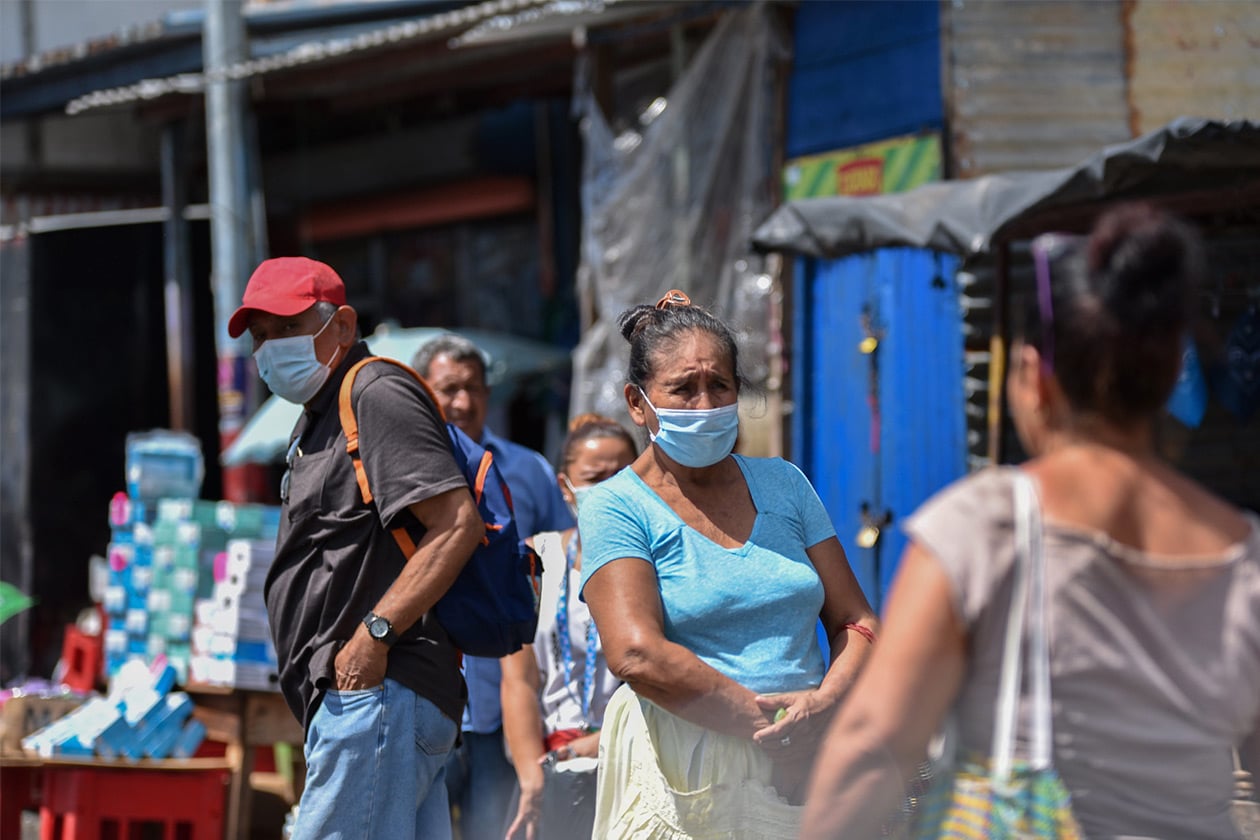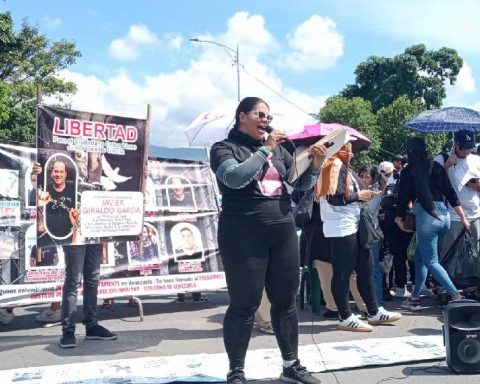For three consecutive weeks, the Ministry of Health (Minsa) has maintained a trend of increasing new infections of covid-19, and this behavior, even higher, is consistent with a record of consultations for respiratory diseases and a slight growth in hospitalizations from sources independent doctors.
At the San Juan de Dios Hospital, in Estelí, until this Thursday, February 3, there were at least 10 patients hospitalized and of these, two were in the Intensive Care Unit (ICU) due to covid-19, according to medical sources. Three weeks ago there were no patients admitted. Also, not all cases require hospitalization and more have been sent home.
At the German Nicaraguan Hospital, a national reference for the care of covid-19 patients, consultations for flu symptoms remained stable during the first 20 days of the year, a source confirmed. But then the demand grew, reaching an average of 60 daily consultations and of these, around 20 correspond to patients with suspected coronavirus cases.
However, the incidence in hospitalizations is minimal. Currently about 50 people remain in covid rooms and four in ICU. The hospital stay has also been reduced, going from up to 20 days to ten, due to the behavior of the symptoms, another source confided. In the case of the Vivian Pellas hospital, until Wednesday there was one patient admitted and none at the Baptist Hospital.
Contagions by omicron
The pulmonologist, Jorge Iván Miranda, explains that since the beginning of the second week of January he has identified an increase in cases with symptoms characteristic of omicron, which is already circulating in Nicaragua, as confirmed by the Pan American Health Organization PAHO. Since then, cases have increased exponentially, he said.
In the first patients that Miranda attended, there was an epidemiological link with someone who lives abroad and visited the family in December, but currently, the “transmission of ómicron is community,” confirmed the specialist.
For its part, PAHO pointed out this Wednesday that there is not enough information to determine which is the predominant variant in Nicaragua: alpha, beta, gamma, delta or omicron. However, he clarified that Most of the positive samples of SARS-CoV-2 that were sequenced correspond to the omicron variant, and to a lesser extent to the delta variant, said the director of PAHO Health Emergency, Ciro Ugarte.
“It is highly probable that the omicron variant will be the predominant one and that it will be present throughout the country, in the same way that it is happening in all the other countries of Central America and throughout the region,” he said at a press conference this week.
From December 28, 2021 to February 1 of the present, the Minsa has identified 222 new infections and has maintained the frozen figure of one weekly death attributable to SARS-CoV-2. The accumulated number of infections since the start of the pandemic is 18,107 cases and 222 deaths according to official figures. Meanwhile, the Citizen Observatory, registers until January 26, 31,505 infections and 5,973 suspected deaths from the coronavirus.
An outbreak of covid-19 different from 2021
Doctors remain on the lookout for the appearance of more covid-19 infections. Another health source in the north of the country confirmed to CONFIDENTIAL which daily treats three suspected cases of SARS-CoV-2.
“I have seen different paintings. Some compatible with delta and others with omicron. The vaccine is making a big difference. Frames are definitely lighter than previous waves. Still, you have to stay alert, follow prevention measures and seek medical assistance,” the source said.
The pulmonologist Miranda warns that this new outbreak will be very different from the second wave of cases, which made the country suffer, with pain and mourning. Based on the experience of other countries, he points out that the third wave could be characterized by a “very high” number of mild or asymptomatic cases, which will go unnoticed; very little impact on hospitalizations; greater probability of reinfected health workers and foreseeable increase in admissions in minors.
Despite the risk that omicron implies, being more contagious than its peers, national health authorities remain silent about the real impact caused by the other variants of concern and the potential outbreak that omicron would push.
For his part, Miranda points out that previous immunity, acquired by vaccination or by infection, is “the main reason why the clinical behavior of omicron is milder.” Although, there is also laboratory evidence that it could be the least pathogenic virus for the lungs and that it replicates mainly in the upper airway.
“It is a proven fact that the omicron variant evades or circumvents previous humoral immunity (which depends on antibodies), which is why there are many vaccinated people who are infected or reinfected, but it does not manage to evade or circumvent the cellular immunity developed by vaccination or previous infection. and that contributes a lot to the fact that the disease behaves in a milder way in the infected person,” said specialist Miranda.
To deal with the avalanche of cases generated by omicron propagation, several countries have recommended reinforcement of the vaccination schedule to their populations. In Nicaragua it is being implemented, but until now, there is no concrete data on the real scope, which becomes more urgent now that PAHO has confirmed that ómicron circulates in the national territory.
The official information continues under the centralization of Vice President Rosario Murillo, who on February 1 assured that 57% of the population already has two doses of the vaccine against covid-19. The data contrasts with PAHO, which indicates that coverage is a little lower, 53.7% of the total population. For Miranda, “the reinforcement application rate is too low, that’s why we expect a large number of omicron cases in the country,” she said.
Resignation of health personnel in Estelí
In the San Juan de Dios Hospital, Estelí, a series of casualties have been registered, mainly among the nursing staff. According to sources, since last year at least seven nurses and two doctors from other areas have resigned. The decision occurred due to the increase in work due to the covid-19 outbreaks, the overload of shifts and the intensification of vaccination days.
“The most affected area is pediatrics because seven nurses have resigned, therefore, those who remain are being forced to take more frequent shifts. There are few nursing staff due to the pressure on the health system. They force them to go to campaigns, the days they have free they send them to the vaccination day and that is why they do not pay them more, it is within the same salary, “they explain.
The increase in the workload worsened after the second wave of covid-19, which hit harder than the first, which, according to independent data, left more than 3,000 dead in just three months. However, staff have also reported limitations on access to personal protective equipment.















